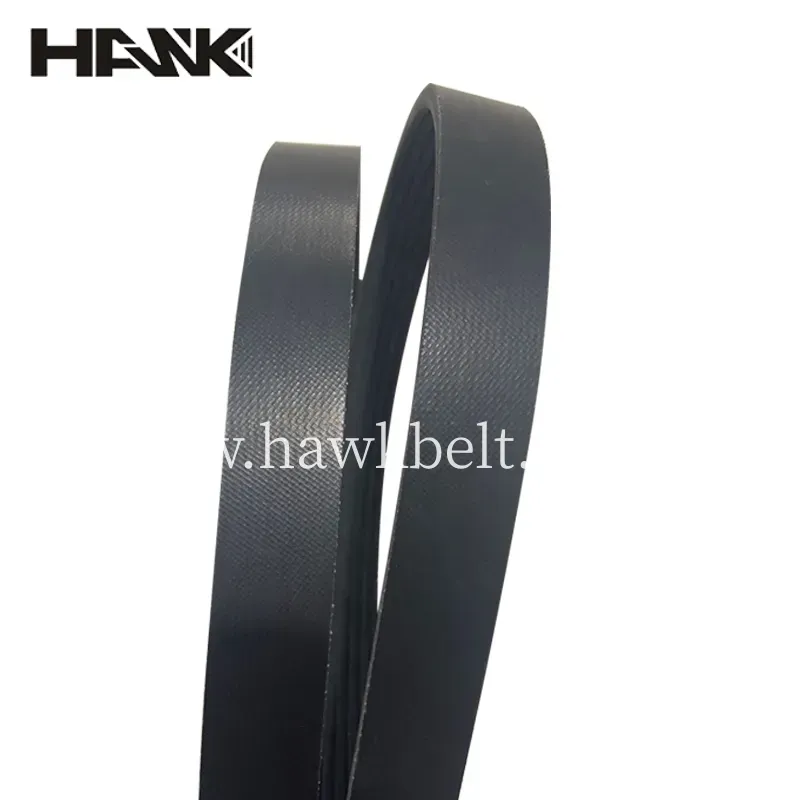- Arabic
- French
- Russian
- Spanish
- Portuguese
- Turkish
- Armenian
- English
- Albanian
- Amharic
- Azerbaijani
- Basque
- Belarusian
- Bengali
- Bosnian
- Bulgarian
- Catalan
- Cebuano
- Corsican
- Croatian
- Czech
- Danish
- Dutch
- Afrikaans
- Esperanto
- Estonian
- Finnish
- Frisian
- Galician
- Georgian
- German
- Greek
- Gujarati
- Haitian Creole
- hausa
- hawaiian
- Hebrew
- Hindi
- Miao
- Hungarian
- Icelandic
- igbo
- Indonesian
- irish
- Italian
- Japanese
- Javanese
- Kannada
- kazakh
- Khmer
- Rwandese
- Korean
- Kurdish
- Kyrgyz
- Lao
- Latin
- Latvian
- Lithuanian
- Luxembourgish
- Macedonian
- Malgashi
- Malay
- Malayalam
- Maltese
- Maori
- Marathi
- Mongolian
- Myanmar
- Nepali
- Norwegian
- Norwegian
- Occitan
- Pashto
- Persian
- Polish
- Punjabi
- Romanian
- Samoan
- Scottish Gaelic
- Serbian
- Sesotho
- Shona
- Sindhi
- Sinhala
- Slovak
- Slovenian
- Somali
- Sundanese
- Swahili
- Swedish
- Tagalog
- Tajik
- Tamil
- Tatar
- Telugu
- Thai
- Turkmen
- Ukrainian
- Urdu
- Uighur
- Uzbek
- Vietnamese
- Welsh
- Bantu
- Yiddish
- Yoruba
- Zulu
Okt . 06, 2024 04:12 Back to list
drive belt measurements
Understanding Drive Belt Measurements A Comprehensive Guide
Drive belts are critical components in various machinery, vehicles, and equipment, facilitating the transfer of power between different mechanical parts. Accurate drive belt measurements are essential for ensuring optimal performance and longevity of these systems. In this article, we will delve into the importance of drive belt measurements, the techniques to take these measurements, and the implications of inaccurate data.
What is a Drive Belt?
A drive belt is a looped strip of flexible material, typically rubber or composite, designed to transfer motion and torque between rotating shafts. Common applications of drive belts include automotive engines, conveyor systems, and industrial machinery. There are different types of drive belts, such as serpentine belts, V-belts, and timing belts, each suited for specific functions.
Why Accurate Measurements Matter
Accurate drive belt measurements are fundamental for several reasons
1. Performance A correctly sized drive belt ensures efficient power transfer. An oversized or undersized belt may slip, wear prematurely, or cause other components to work harder than they should, leading to reduced performance.
2. Longevity Drive belts that are not properly measured and fitted can experience excessive wear and tear. This can lead to costly replacements and downtime. Proper measurements contribute to extending the life of the belt and associated components.
3. Safety An improperly fitted drive belt can lead to catastrophic machinery failures. In vehicles, a failing belt may impact critical systems such as the alternator, water pump, and power steering, potentially leading to accidents.
4. Cost Efficiency Regular maintenance and accurate measurements can prevent unexpected repairs and replacements, thus saving money in the long run.
How to Measure Drive Belts
drive belt measurements

To ensure the right fit and function, follow these steps to measure drive belts correctly
1. Measure the Length The total length of the belt is crucial for determining the correct size. Use a flexible measuring tape and measure the distance around the pulleys that the belt will traverse. Ensure to account for the position of the pulleys and any idler pulleys that might alter the length.
2. Width Measurement The width of the belt is important for proper fitting into the pulley grooves. Measure the belt's width at its widest point. This is particularly significant when replacing belts, as belts of varying widths may not fit properly into existing pulleys.
3. Thickness The thickness of a drive belt affects how it interacts with the pulleys. Using calipers, measure the belt's thickness at multiple points to ensure a consistent value, as wear may have caused uneven degradation.
4. Profile Shape Different belts have different profiles (e.g., flat, V-shaped, or cogged). It is vital to identify and record the belt profile as this determines its compatibility with the pulleys.
5. Tension Specifications The tension in the drive belt is critical for performance. This often requires a tension gauge to ascertain the correct tightness for efficient operation. An overly tight belt can wear components, while a loose one can slip and lead to power loss.
Implications of Inaccurate Measurements
Failing to take accurate drive belt measurements can result in several adverse outcomes
- Increased Maintenance Costs Frequent replacements due to wear-and-tear caused by incorrect sizing can dramatically increase operating costs. - Downtime Machinery that fails because of a malfunctioning belt can lead to significant downtime, impacting productivity. - Safety Hazards Equipment failures due to incorrect belt measurements pose serious risks to operators and equipment alike.
Conclusion
In summary, accurate drive belt measurements are pivotal in maintaining the efficiency, safety, and longevity of machinery across various industries. By understanding how to properly measure and identify the requisite specifications for drive belts, operators can ensure optimal performance and reduce the risk of costly failures. Regular maintenance, attention to detail, and adherence to best practices in belt measurement can pave the way for smoother operations and greater operational efficiency. Ultimately, investing time in understanding and executing precise drive belt measurements pays off in enhanced productivity and reduced risk.
-
Korean Auto Parts Timing Belt 24312-37500 For Hyundai/Kia
NewsMar.07,2025
-
7PK2300 90916-T2024 RIBBED BELT POLY V BELT PK BELT
NewsMar.07,2025
-
Chinese Auto Belt Factory 310-2M-22 For BMW/Mercedes-Benz
NewsMar.07,2025
-
Chinese Auto Belt Factory 310-2M-22 For BMW/Mercedes-Benz
NewsMar.07,2025
-
90916-02660 PK Belt 6PK1680 For Toyota
NewsMar.07,2025
-
drive belt serpentine belt
NewsMar.07,2025

